
 604 465 4322
604 465 4322General Store Site 12294 Harris Road Pitt Meadows, B.C.
Click Here for Directions& Visiting Hours
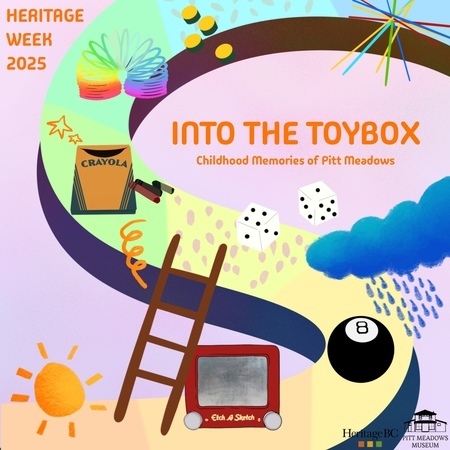
Into the Toybox 1910 to 1929
1910s to 1929
The 1910s to 1929 years were years of growth for Pitt Meadows. Children would have played with the same things they had been playing with for a long time, usually items that were hand-made and needed to have a strong imagination. They wouldn’t have had a lot of toys, but the ones they did have would have been very special to them.
What did Pitt Meadows Look like during this time?
The population of Pitt Meadows by 1929 was under 500 people. It was a small district having been incorporated in 1914. Most families in the area were farming families, with dairy and berry farming being the most popular. The General Store and Post Office (the Museum now) were opened just south of the CPR tracks. In 1912, the CPR was double-tracked through the community and was completed in 1914. The first car bridge over the Pitt River was opened in 1914. During World War 1, Pitt Meadows sent 27 men to fight in the conflict (all but one would return – Roland Frances Crosdale Thomson, a member of our first municipal council). In 1918, a devastating pandemic, Spanish influenza, would impact the world. There were very few roads in the district at the time, and they would have been gravel. Electricity was brought to Pitt Meadows by the end of the 1920s and was available to the public (if they could afford it!).
Entertainment
Toys that were created during this time: Raggedy Ann (1918),Lincoln Logs (1916),Wooden Rocking Horses, Toy Trains, Dolls, Yo-Yos, Teddy Bear (1903),Crayola Crayons (1903),Monopoly (1904)
We had a small population in Pitt Meadows with an even smaller child population. Kids still would have been kids, playing outside during the day and coming home before the proverbial streetlights came on. In the summer they would have played popular sports like baseball, and in the winter, they would have played hockey and ice skated. The types of toys children would have played with would have been hand-made often or sourced from outside of the community (through the General Store, or visits to other larger communities). Toys that had long historical use would have been played with like yo-yos, sticks, balls, and dolls. These toys would have prompted the children to use their imagination and create worlds that the adults would have been unaware of.
Education
British Columbia
Part of the British North America Act stated that education would be the responsibility of provincial governments. British Columbia entered Confederation in 1871, with a non-sectarian school system (not affiliated with any religion or political belief – schools that did not benefit from funding from the Government). The province also passed the Free Public School Act making the public school system free. At the turn of the 20th century, we see measures put into place to unify the curriculum across Canada, the curriculum would focus on Traditional subjects (the three “R’s” – Reading, Writing and Arithmetic),agricultural studies, domestic science, and physical education. By the time Pitt Meadows got a schoolhouse (1909),systems were already established that we benefited from.
Pitt Meadows
In 1909, our first schoolhouse, the Number One School opened at the corner of Harris Road and Hammond Road. It was a one-room building and was on property that was donated by William R. McMyn, an early settler and farmer. There was no running water, electricity, or inside plumbing. There was a pump outside for drinking water, and outhouses to use as needed. There was a large wood-burning stove at the back of the room to heat the building. Before the building of additional graded single-room schools in the community, approximately 25 students in grades one through eight were accommodated in the building. During the 1918 Spanish Flu, schools would close periodically due to the sickness.
Just prior to the First World War a second one-room school was built at the corner of Harris and McNeil Roads in the northern area of Pitt Meadows. It was officially the Number Two School Pitt Meadows but was more commonly known as the Richardson School. In 1922 a second school building was placed on the Number 1 Site.
We acknowledge the lasting legacy of the Residential School System in Canada. Pitt Meadows never had a Residential School (the closest was in Mission). We encourage everyone to learn more about the legacy of Residential Schools and honour the survivors and those who never came home.
*****
It was a simple quiet life in Pitt Meadows at the time, and it was reflected in the childhood of its littlest citizens. They had to do something right with their toys though, as we still play with lots of them today!
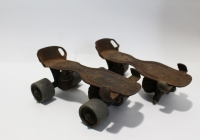
Roller Skate
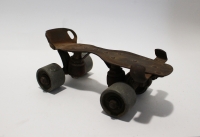
Roller Skate
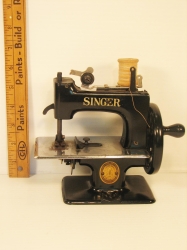
Toy Sewing Machine
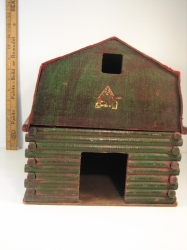
Toy Barn
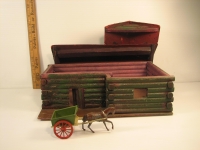
Toy Barn with horse
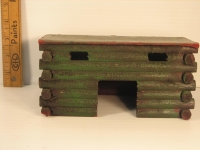
Toy Barn
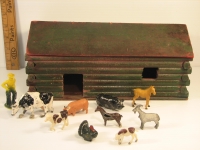
Toy Barn with animals
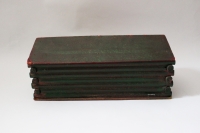
Toy Barn
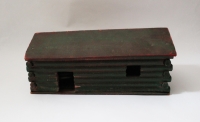
Toy Barn
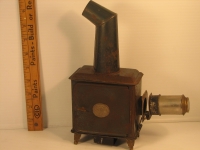
Magic Lantern
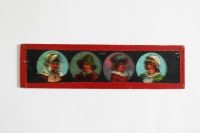
Magic Lantern Slide
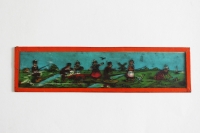
Magic Lantern Slide
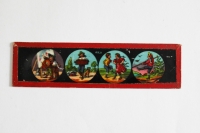
Magic Lantern Slide
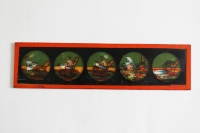
Magic Lantern Slide
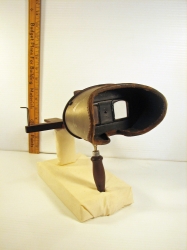
Stereoscope
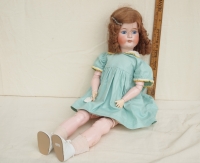
Doll
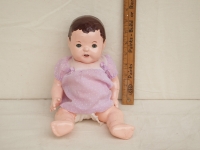
Doll
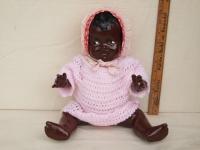
Doll
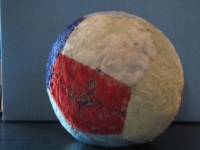
Soccer Ball
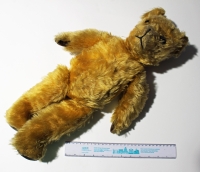
Teddy Bear
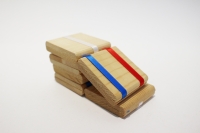
Jacob's Ladder Toy
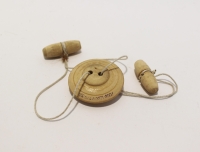
Toy Whirligig
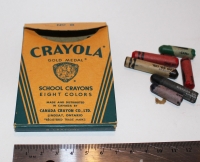
Crayola Crayons
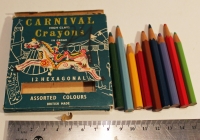
Carnival Crayons





